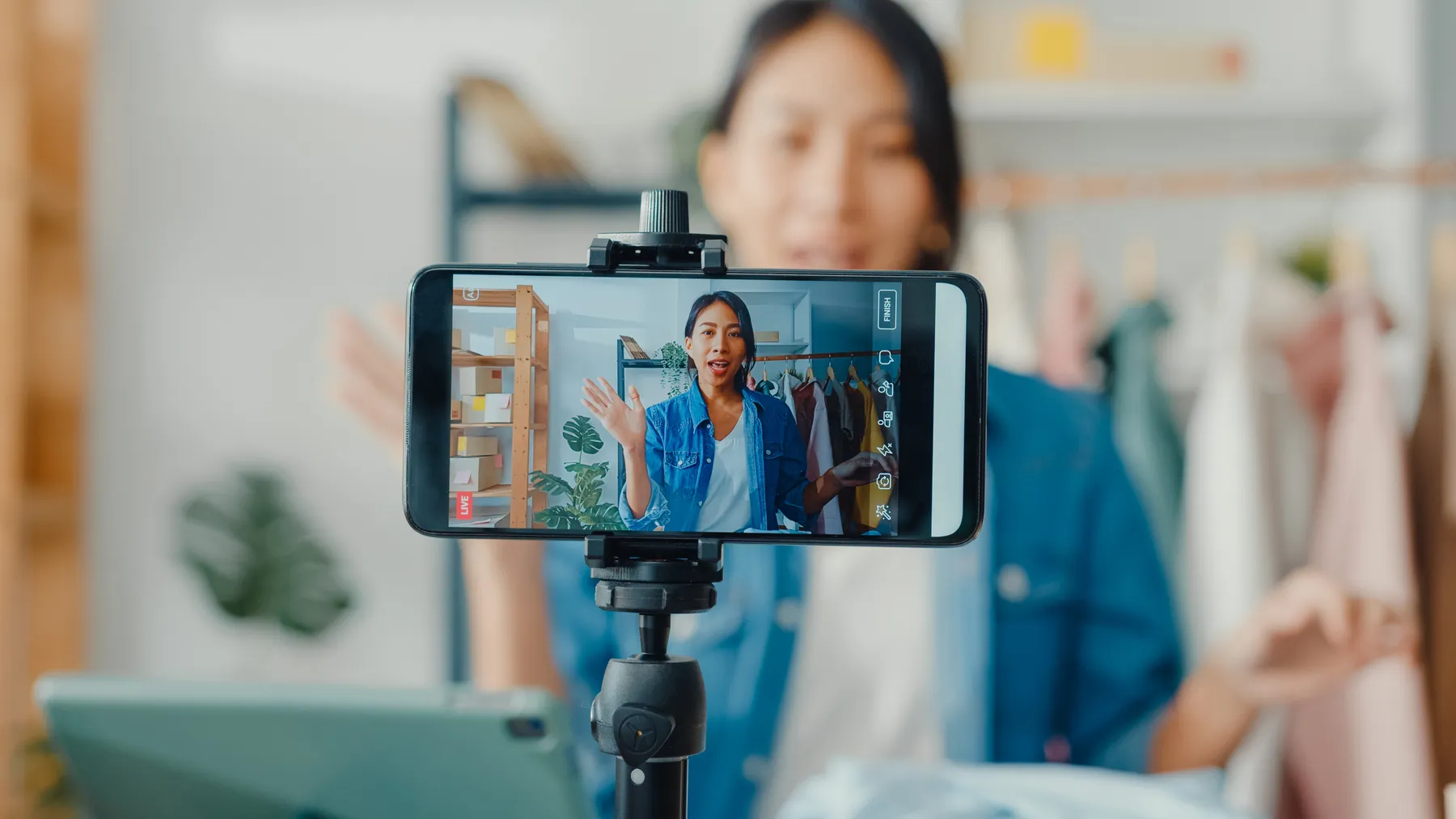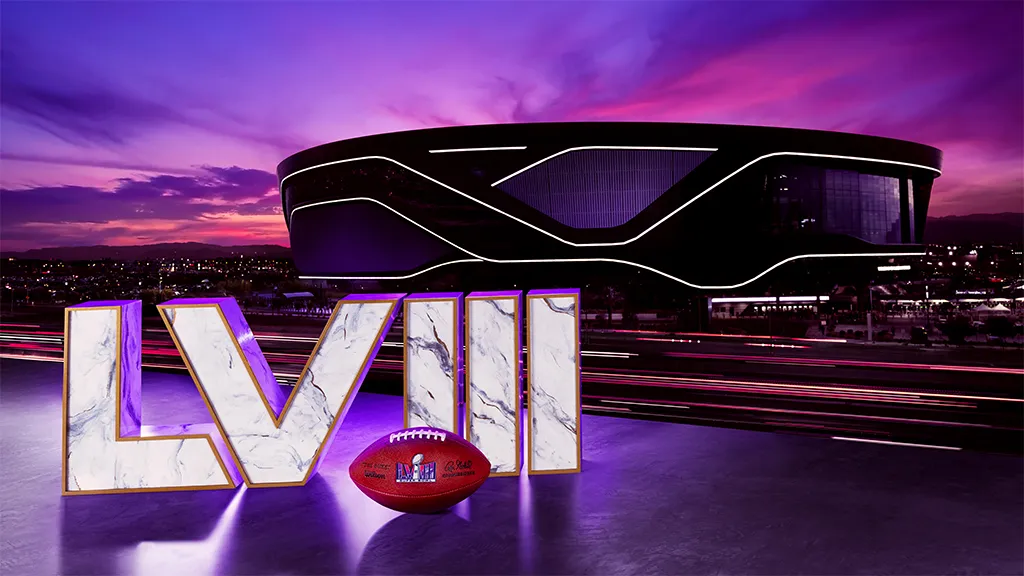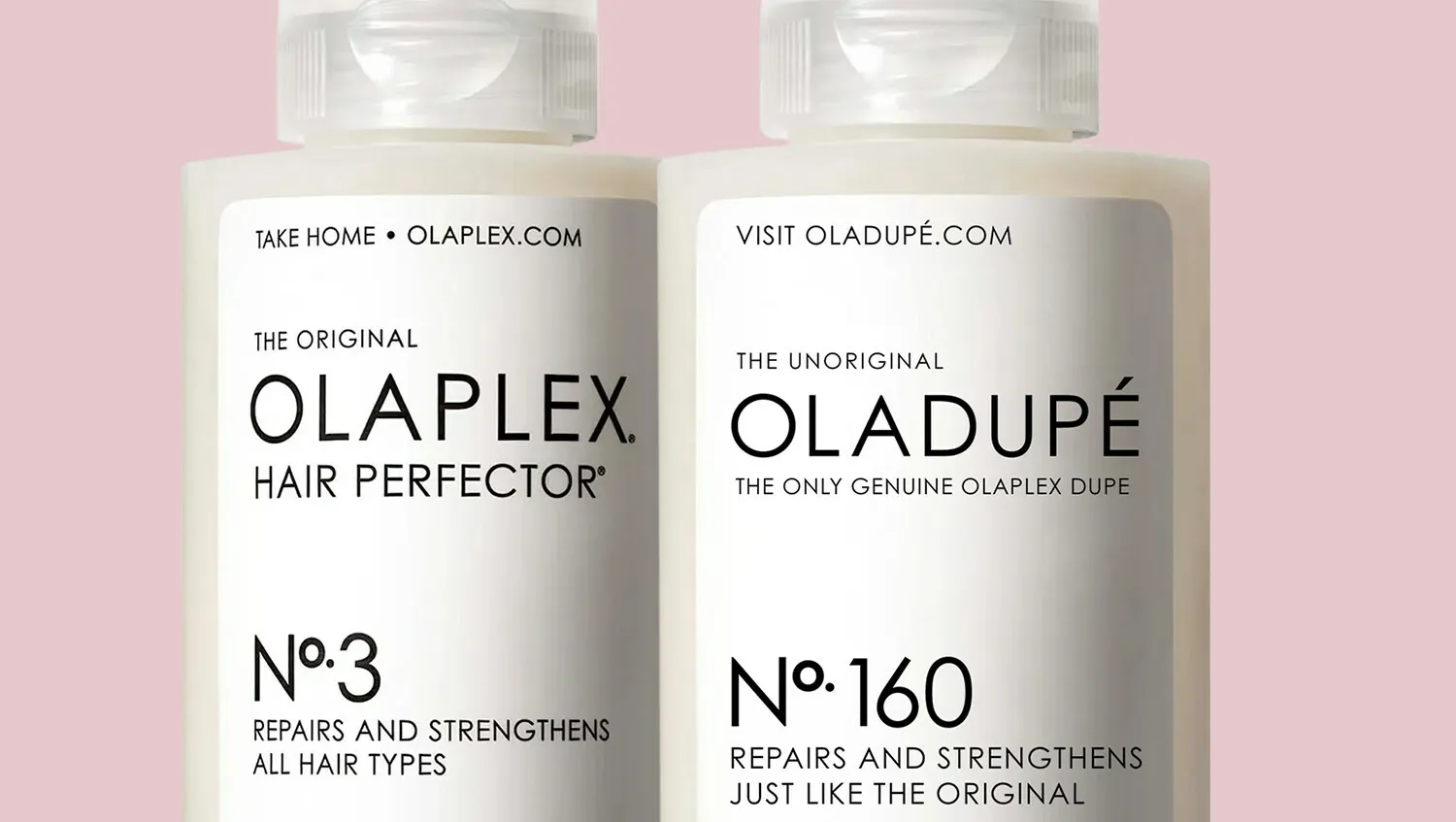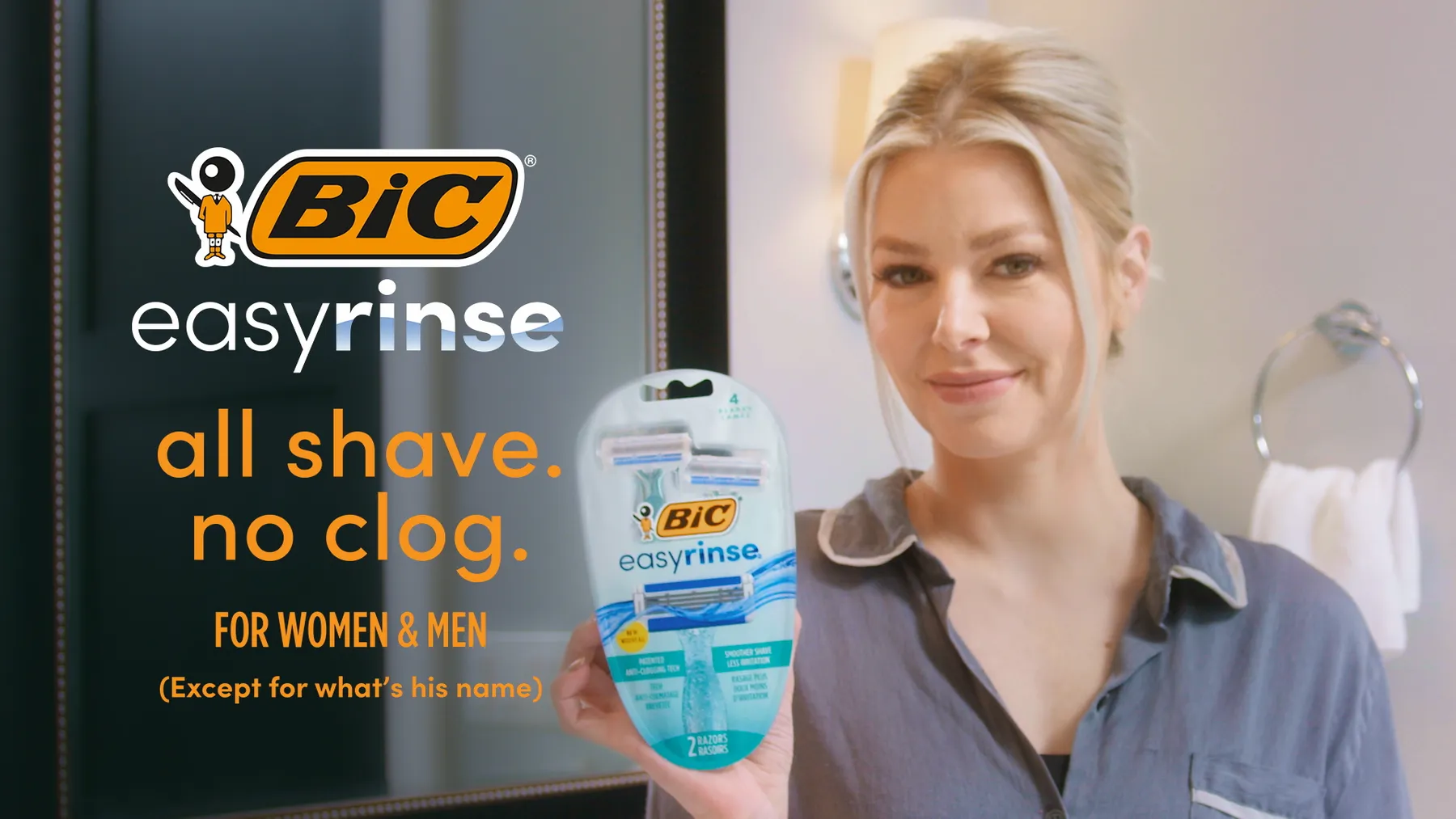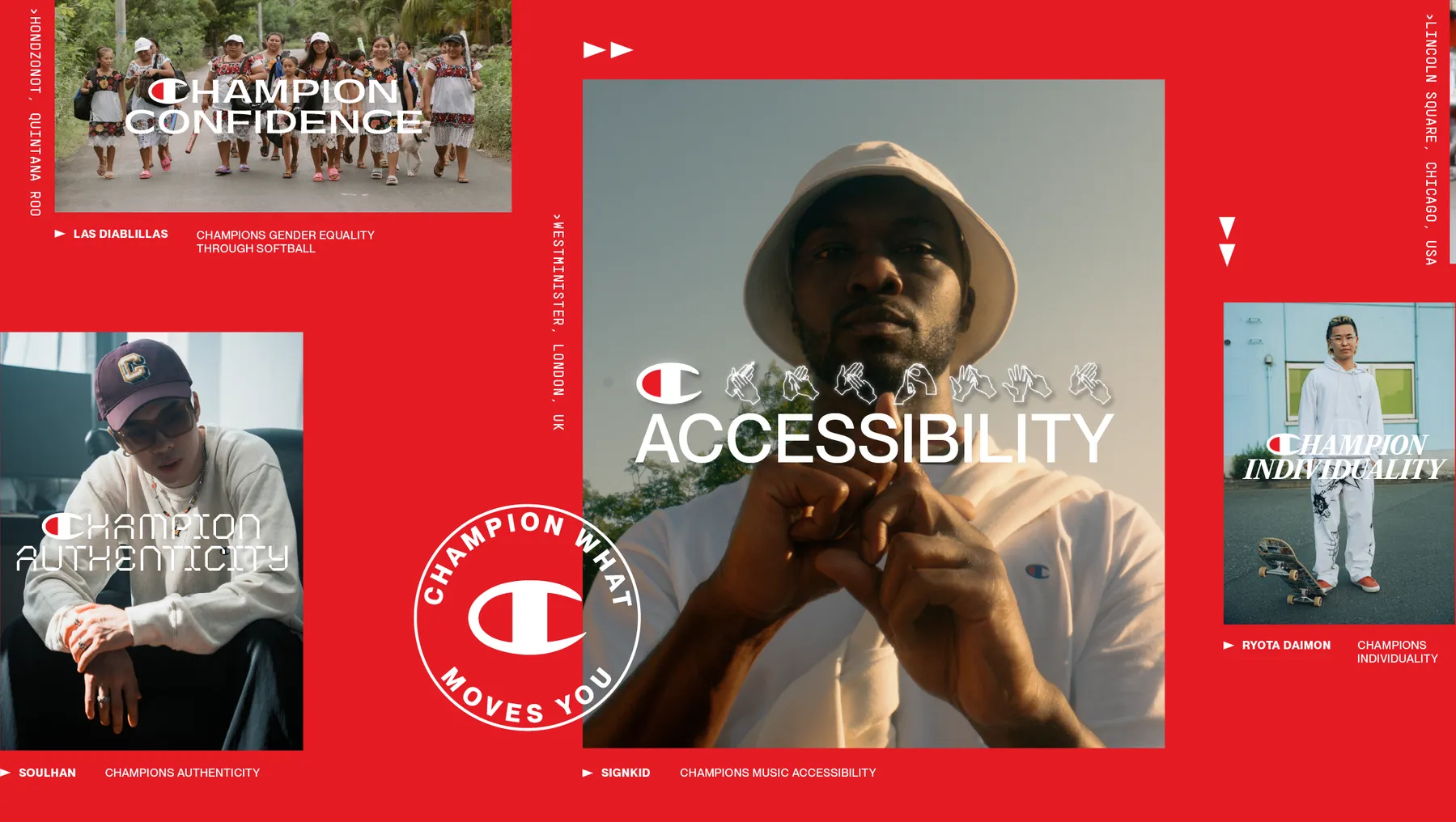By: Jessica Deyo
• Published Oct. 5, 2023
The hunt by consumers for more affordable versions of premium products is nothing new. However, the rise of TikTok has been marked by a surge in popularity around “dupes” — a term short for duplicates meant to denote a less expensive product alternative — tasking marketers with doubling down on their value pitch for fear of losing sales. For Olaplex, one of TikTok’s most duped hair care brands, that meant asserting that the only brand worthy of being its dupe is Olaplex itself.
On Sept. 25, Olaplex with the help of over 100 earned and paid influencers launched an unboxing campaign around a new fictitious product, Oladupé. The product, which was actually a repackaged bottle of the brand’s Olaplex No. 3, is meant to tease how often Olaplex is duped on TikTok — with the hashtag #Olaplexdupe having over 30 million views alone — while also educating the app’s users about the quality of its products. Just days after launching, the hashtag tied to the campaign, #Oladupe, had already gained over 5.5 million views.
“Imitation is the highest form of flattery, and I think what we wanted to do is really use this imitation, this discussion around dupes to really have fun with the fact that you can imitate us, but you can’t replicate us,” said Olaplex CMO Charlotte Watson.
The influencers selected for the effort were meant to reach the global hair care professional and consumer communities, with individuals chosen including Lelani Green, Yesly Dimate, Shae Alexis and Audrey Boos, among others. To further cement the dupe concept, the brand also enlisted celebrity “duper” Taylor Madison, a creator who shares a strong resemblance to Kylie Jenner.
Olaplex is a premium hair care brand — with its No. 3 product ringing up at $30 — and is available both online and in stores like Sephora and Ulta. The independent brand in August announced its second quarter earnings, reporting that net sales were down 48%, led by a drop in sales for its professional channel of 61%. In the company’s announcement around the earnings, CEO and president JuE Wong said that the brand is attempting to stabilize demand trends in the second half of the year while increasing and optimizing its marketing investment.
Unveiled through an unboxing, creator videos promoting Oladupé revealed the product as the best alternative to the real thing. Packaging looks nearly identical to Olaplex’s actual product, though its label instead reads Oladupé No. 160 — a number selected in a nod to the company’s 160 patents. Viewers were then directed to a microsite where the first 160 visitors could secure a free bottle of Oladupé, actually a bottle of Olaplex No. 3, which was sent to them along with an explanation of the stunt. Consumers had a wide range of responses, Watson said, and every free Oladupé bottle was claimed within two hours.
“Obviously there were all sorts of reactions, people kind of bought into this dupe because there are so many other dupes out there,” Watson said. “We were seeing conversations happening around [it], and people calling Olaplex out — it was great to see a lot of people also hopping into our defense and sort of saying, ‘Well, you can't dupe Olaplex.’”
A few days following Oladupé’s debut, Olaplex revealed the truth behind the faux product through additional influencer content along with a video shared on both the brand’s Instagram and TikTok. The post notably featured a deepfake version of Wong, who asserted that nobody can copy the brand’s “patents, ingredients or bond-building technology” before actually appearing as herself, a move meant to drive home the message of how easy it is to get duped. The marketing stunt was strategized with agency Movers+Shakers and marks the first collaboration between the two companies.
The Oladupé campaign by end of day Wednesday, Oct. 4, had received 20.1 million impressions and 24 million views of the hashtag #Oladupe. The effort was strategized for the U.S and was also replicated and shared in the U.K., Canada, Australia and France markets, marking a milestone for the brand, according to Lisa Bobroff, vice president of global communications and consumer engagement for Olaplex.
“We have the same advocacy and love for the brand in all those territories, so it’s been great to see it as a coordinated global campaign as well, which I think is probably a first for us,” said Bobroff.
The beauty of social listening
Beyond directly addressing the popularity of Olaplex dupes, the company’s latest campaign also aligns nicely to its ethos as a socially native brand, Watson said, noting that Olaplex, founded in 2014, spent its earlier days on Facebook communicating with its stylist community via online forums as a way to help inform its strategy. Since then, much of that community has naturally navigated to TikTok, she added, where the brand currently has over 334 million followers.
“Our social landscape is sort of critical to the way that we go to market … We pride ourselves on really staying very close to the community, social listening, understanding what the community is engaging in and the various insights and trends that are happening on the different platforms,” Watson said.
A focus on social listening has also helped the brand tap into authentic conversations and organic trends that stretch beyond the #Oladupé campaign. For example, the brand in early 2022 noticed a trending hashtag on TikTok called #Olaplexbun, a label used for consumers to share their Olaplex-supported bun up-dos, and used it as inspiration for its own hashtag challenge and first official TikTok campaign, #Olaflex, a marketing move tasking consumers to share before-and-after content using Olaplex. Within 72 hours of the campaign’s launch, the hashtag reached over 3 billion views.
A focus on TikTok is becoming increasingly valuable to Olaplex given the popularity of the platform for sharing hair content — the hashtag #hairtok has over 86 billion views alone. Further supporting that value is the app’s ability to help the brand shore up a stronger connection with a core younger user base whose spending power is growing, Watson said.
“It’s a demographic that’s increasingly important for us, and I think TikTok enables us to really speak to that audience in a way that resonates with them,” Watson said. “We know that the audience has a huge influence on beauty trends and on other generations and will be the consumer of the future for us.”
To continue engaging with the community, Olaplex will stretch its Oladupé marketing campaign with additional influencer activations and content recapping the cheeky effort, making a point to plug into hype surrounding dupes while at the same time making a case for all the reasons why the brand is “undupable,” Watson said.
“What we're doing is we're identifying trends and conversations that are organic on the platform that happen to have our brand, because we have very high awareness on the platform in the center of it, but then we're able to build upon these trends ourselves to, I guess, shape the narrative and have fun,” Watson said. “And if we are at the center of this conversation, let us have a stronger voice in the conversation.”
Article top image credit: Courtesy of Olaplex
